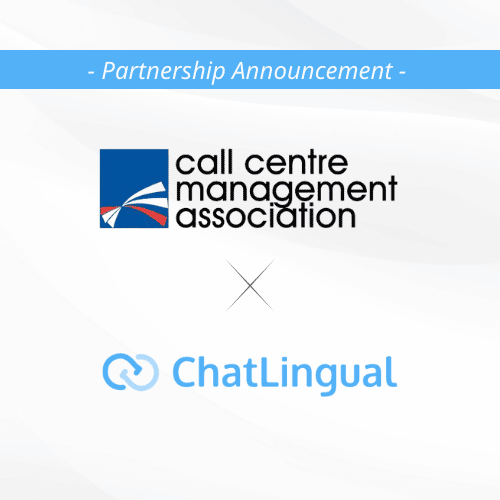Multilingual Customer Care Supports Globalization
Since the dawn of globalization, companies have struggled to identify the best way to serve customers in their native language. For years, the common practice has involved hiring, training, and retaining customer service agents who speak the same language as the country where the business operates. However, in today’s economy, hiring native-language speakers has become wildly costly, and simply unsustainable.
So, how can companies provide native-language support on an international scale? Enterprises around the world are realizing that hiring bilingual agents is not cost-effective, nor does it allow for the company to grow and diversify into new markets without worrying about hiring availability, especially for certain languages with higher related costs like German, Dutch, Nordic, Korean or Japanese.
While there can be many challenges associated with providing multilingual customer support, there are also many innovative solutions. Call Center Management Association CEO Leigh Hopwood, spoke with leaders at Vodafone, Concentrix, Assurant, and ChatLingual to discuss the need for providing customer service in several languages in UK contact centers and the operational challenges of delivering it.
Hiring Hasn’t Gotten Any Easier
The mass exodus of workers leaving their current jobs (also known as the Great Resignation) has left hiring managers scratching their heads on how to fill vacant positions while teams are scrambling to handle customer support volume with reduced staff. Brexit has not helped with hiring troubles either.
Vikki Niven, EU Telecom Director at Assurant, commented, “hiring has been tricky,” especially with the tremendous amount of options available to job seekers. Add a bilingual or multilingual requirement to the job posting and you’ll see an even smaller pool of candidates.
With an estimated turnover rate upwards of 45 percent for contact centers, companies are looking to innovative technology to solve for a lack of viable candidates and to satisfy native-language support needs. The result: companies are beginning to shift their hiring strategy to focus on technical skills, rather than language.
Dazzle Customers with Digital Experiences
Chatbots and self-service AI have ushered in a new era of CX, driving leaders to aim for operational efficiencies and how it relates to a customer base.
Vice President of Global Delivery Practices at Concentrix, Lisa Kavanagh, confirmed, “there is a broader trend to move towards digital.” This shift away from traditional voice support and towards enhanced digital customer support provides companies with more opportunities to provide personalized, omnichannel customer experiences.
In fact, companies that invest in their CX strategy with digital tools such as multilingual support translation see a nearly immediate impact on the quality of their customer service and customer satisfaction. Oli Grant, Digital Transformation Senior Manager at Vodafone attested to this by saying, “we could prove that a customer was happier talking to an expert agent using translation than they were talking to a native speaker that didn’t have the expertise and tNPS was up 20 points as a result, which was incredible.”
Customers around the world want personalization, and they want it in their native language; make sure your team has the proper tools to provide an unparalleled customer experience.
Watch the Online Debate
View the full discussion, including how global companies are solving the multilingual challenge, in the video below:
The following industry leaders participated in the lively debate:
- Oli Grant, Digital Transformation Senior Manager, SmartTech Customer Operations, Vodafone
- Lisa Kavanagh, Vice President of Global Delivery Practices, Concentrix
- Vikki Niven, EU Telco Director, Assurant
- Justin Custer, CEO, ChatLingual



